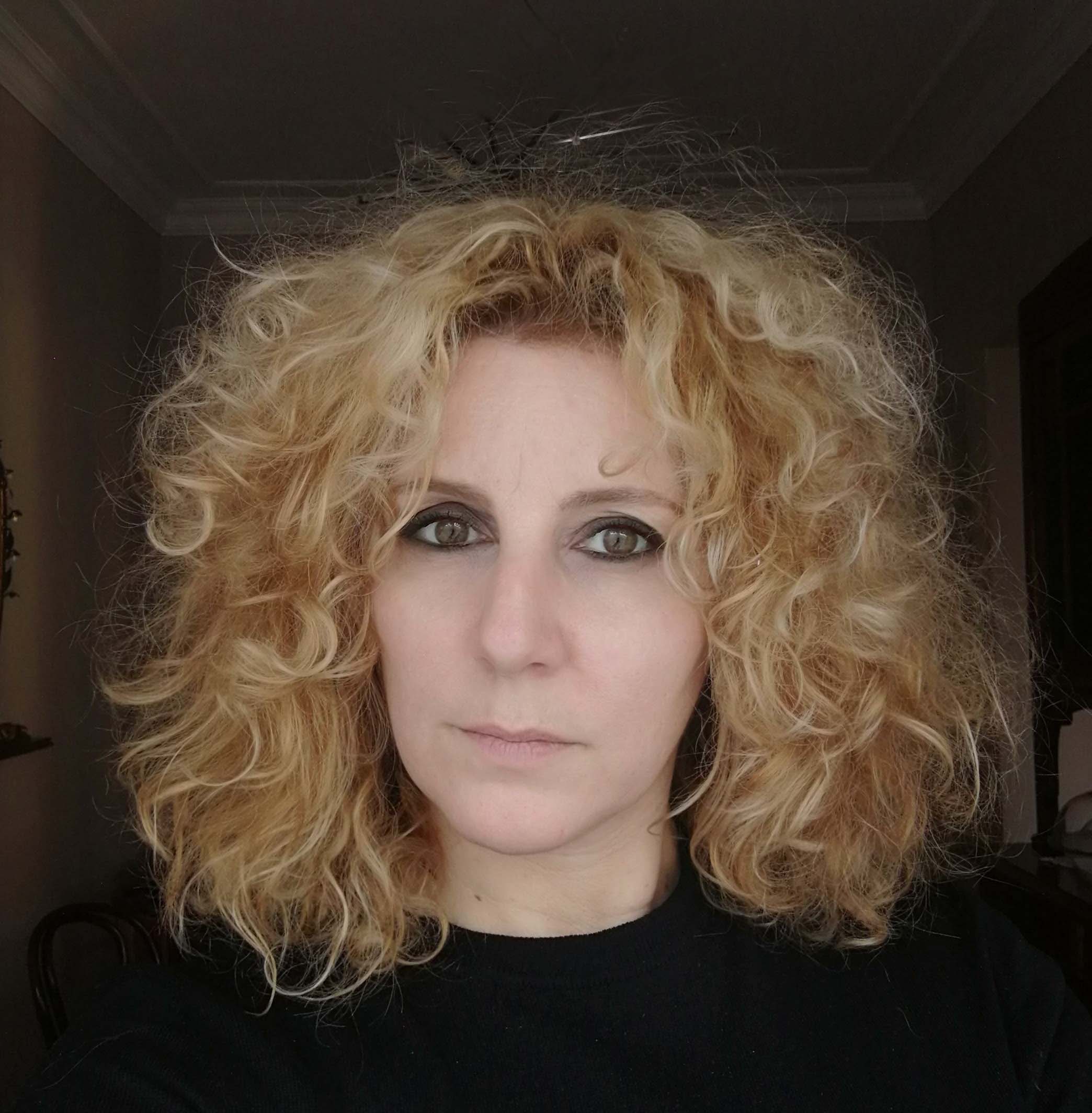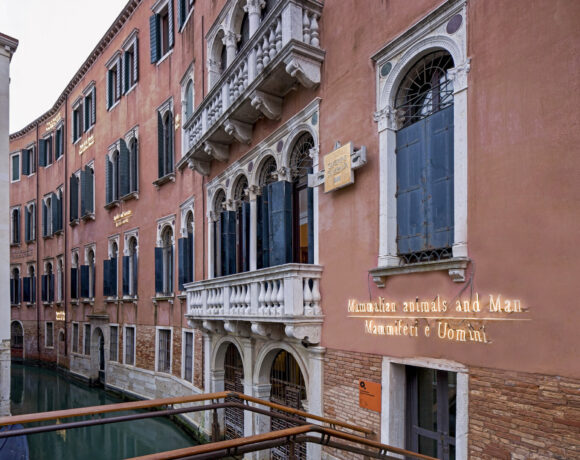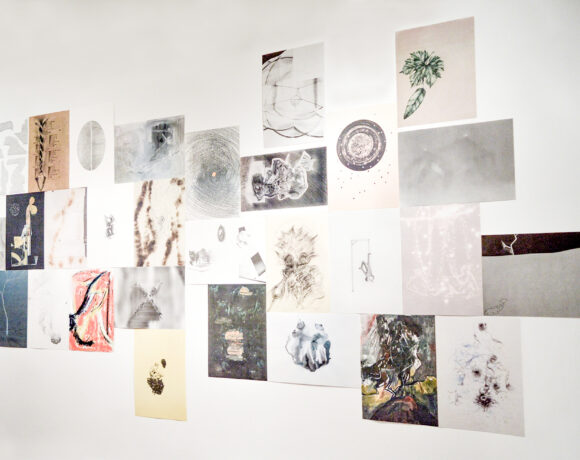The Venice Art Biennale is awaited like the arrival of the Messiah by art insiders, only to become, in the very short time of its opening, the vituperated exhibition that collects criticism and praise. Obviously, this year’s exhibition does not escape this tragic fate either, of which ‘Giornale dell’arte’ in recent days has published on social media a really interesting roundup of ‘ins’ and ‘outs’, especially since the ‘outs’ include works that leave the viewer at least doubtful. We are not entirely sure, therefore, that the intention of Adriano Pedrosa, Director of the Biennale 2024, has been completely understood by the public, despite the fact that his preparation was done with great sensitivity, trying to introduce and tie together words like foreign and queer in the same concept.

Adriano Pedrosa and Roberto Cicutto, photo Jacopo Salvi, courtesy La Biennale di Venezia
‘Caffè Paradiso’ is the name of the café located at the entrance to the Giardini of Biennale and which hosts all the important meetings between artists, curators and organisers, both before the launch of the Venetian kermesse and during its course. And it is precisely from this mythical place that the story told by Massimiliano Gioni in his latest book takes its cue. Dedicated to Germano Celant, with whom Gioni had exchanged ideas on the project, before the famous curator’s death during the Covid epidemic of 2020, it includes interesting interviews with curators such as Jean Clair, Daniel Birnbaum, Cecilia Alemani, Harald Szeemann and Adriano Pedrosa. The most significant aspect highlighted by the book, which often escapes the notice of the general public, who are more attracted by the title of the Biennale or the presence of artists who are sometimes unknown to most, is the fact that this Leviathan of enormous proportions is always organised in a very short time, with limited budgets that force the organisers to do double somersaults with a screwdriver to finish their projects on time and well.

Claire Fontaine, “Foreigners Everywhere (Self-portrait), Stranieri Ovunque (Autoritratto)”, 2024, double sided, wall or window mounted neon, framework, transformers, cables and fittings, dimensions and colours variable, 60th International Art Exhibition – La Biennale di Venezia, “Stranieri Ovunque – Foreigners Everywhere”, photo Andrea Avezzù, courtesy La Biennale di Venezia
This can therefore lead, as happened to Gioni himself during the Biennale of which he was Director, to having to personally take care of the cleaning of the venues, as his temporary pavilion, born from an idea by Francesco Bonami, being neither national nor part of the central pavilion, thus being ‘extraterritorial’, had not been cleaned by anyone. Of course, in the face of such inconveniences, the director can also avail himself of notable privileges such as having a motorboat to move freely from one place to another of the Biennale, or, he/she can avail himself/herself of an even more coveted benefit such as being able to roam the various pavilions by bicycle, before the exhibition opens to the public, reproducing in our imagination a sort of alternative view of the places and works, like the one proposed by Nanni Moretti in ‘Caro Diario’ through the streets of Rome. What envy! An even more relevant element of the book is to analyse the motivations that led the various directors to choose their titles and the artistic and intellectual connections that could thus be discerned within them. One thus discovers peculiar aspects of each edition, which often not even the didactic summaries disseminated by the press have managed to highlight and which instead represent a substantial source of insight.

MAHKU (Movimento dos Artistas Huni Kuin), “Kapewe Pukeni [Bridgealligator]”, 2024, site-specific installation, 750 m2, 60th International Art Exhibition – La Biennale di Venezia, “Stranieri Ovunque – Foreigners Everywhere”, photo Andrea Avezzù, courtesy La Biennale di Venezia
Jean Clair’s remarks, for example, who dryly answers Gioni’s questions, show how his Biennale, which was inspired by the theme ‘otherness/identity’, had a deep background already woven into the epic exhibition ‘Les réalismes’ that Clair had curated for the Centre Pompidou and of which, on the occasion of the Venetian event, he had succeeded in broadening the scope, investigating unexplored areas in the previous exhibition. Clair has never hidden his repulsion towards the relationship between the market and the art system, and because of this orientation we are led to empathise with him, even though he is only one of the many curators mentioned by Gioni who have increased the cultural scope of the Biennale. Certainly not the only one. Herman Szeemann, for example, with his arrival at the Venetian kermesse, introduced the role of the independent curator, the one who through his work could express the desire for a new society, free from the conditioning of the market. And it was at his Biennale that Tino Sehgal performed a performance in which, after dancing naked, he urinated on the floor. What greater freedom of expression could he have imagined in a globalised artistic sphere, such as the one he himself intuited and put into practice back in 1999!

Claire Fontaine, “Foreigners Everywhere (Self-portrait), Stranieri Ovunque (Autoritratto)”, 2024, double sided, wall or window mounted neon, framework, transformers, cables and fittings, dimensions and colours variable, 60th International Art Exhibition – La Biennale di Venezia, “Stranieri Ovunque – Foreigners Everywhere”, photo Andrea Avezzù, courtesy La Biennale di Venezia
Massimiliano Gioni and Cecilia Alemani, one of the four women directors of the Biennale in its 127-year history, linked in work and life, both came out of the curatorial school of Francesco Bonami, the enfant terrible of the international art and predictive interpreter of innovative art trends. Bonami’s Biennale entitled ‘Dreams and Conflicts. The Dictatorship of the Spectator’ introduced new concepts and structures. An exhibition entitled ‘Clandestini’ was planned at the Arsenale to describe the metaphor of artists whose works were to be understood beyond any geographical identity. The title has an obvious connection to ‘Strangers Everywhere’ (2024) the ‘disturbing’ motto, as Pedrosa himself describes it in his interview, which instead emphasises the condemnation of racism and xenophobia. Bonami’s Biennale makes it abundantly clear how forward-looking the outlook of its director was, munificent in everything to the extent that he thought of financing a collateral event at that year’s Biennale (1995) out of his own pocket, only to be sponsored in the final phase of the project by Patrizia Sandretto Re Rebaudengo, with whom he began a twenty-year collaboration.

60th International Art Exhibition – La Biennale di Venezia, “Stranieri Ovunque – Foreigners Everywhere”, photo Andrea Avezzù, courtesy La Biennale di Venezia
Despite Bonami’s open-mindedness, the political theme touched upon in this kermesse had earlier origins. Already in 1993, Achille Bonito Oliva’s exhibition had brought politics into art. Bonito Oliva had in fact taken a pavilion away from Milosevic’s Serbia, and even though the connotation of this expoliative action was part of its outsider creator’s way of presenting himself, given that the pavilions were entrusted to individual states, his proposal was accepted anyway and an exhibition of various authors was organised in the same pavilion. Bonito Oliva also took steps to ensure that South Korea would also be given a pavilion during his tenure, which happened in 1995, the year of Bonami’s directorship. ‘The encyclopedic palace’ was the name Gioni gave to his Biennale, and the legacy of this title can be seen in this book. ‘Caffè Paradiso’ is written with humility and competence, but above all, it has the absolute merit of illustrating everything behind the scenes of one of the most eagerly awaited art exhibitions, unravelling the reflections of the protagonists and enriching the cultural baggage of newcomers and insiders alike. As one reads the book, anecdotes and references to historical exhibitions or cult texts in the art field of considerable cultural significance follow one another and the stimuli for in-depth study, even after reading the book, remain an element of the text’s great quality and an indispensable suggestion for individual exploration.
Info:
Massimiliano Gioni, “Caffè Paradiso. La Biennale di Venezia raccontata dalle sue direttrici e dai suoi direttori”, Johan & Levi Editore

Globetrotter, passionate about literature, lover of art and photography. I never leave for a trip without taking with me a book by an author of the place where I will go. I have dreamed of moving to Paris for years and sooner or later I will!






NO COMMENT